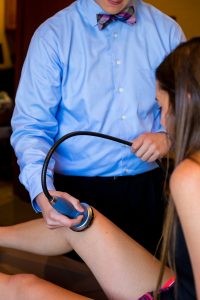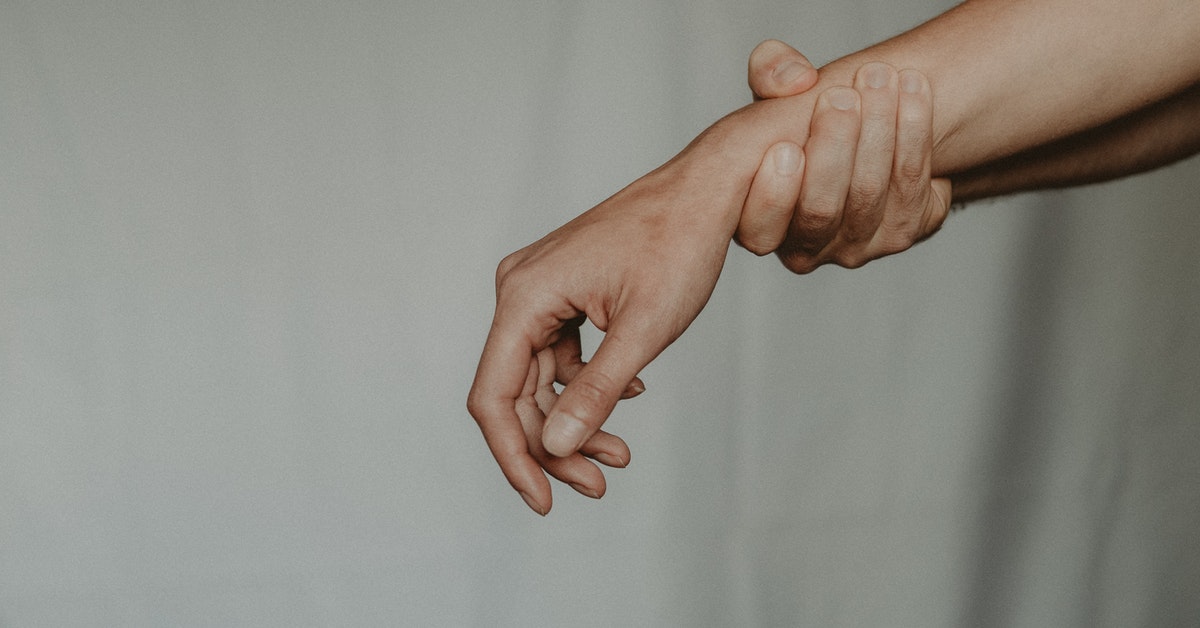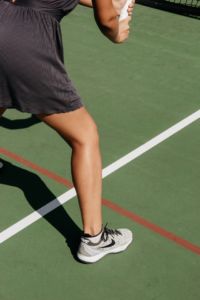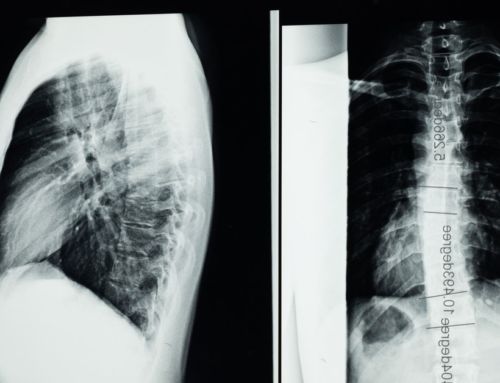Most people can identify at least one part of their body that feels sore or stiff due to tasks they perform regularly. People who do physical jobs may suffer from back or shoulder pain; office workers often experience hand and wrist pain. Certain childcare tasks require the parent to lean forward, causing neck and upper back pain. These sorts of injuries that come on gradually due to daily activities are called “repetitive use injuries.”
Sometimes repetitive use injuries cause debilitating pain or severely limit the range of motion. More commonly, they cause a low level of pain and stiffness that can cause fatigue. People with low level, constant discomfort may find themselves unable to perform certain tasks for as long as they used to or avoid hobbies or sports that may irritate the area. Many patients don’t realize how much their repetitive use injury has been limiting their lives until they receive treatment and find themselves pain-free for the first time in years.
Whether your pain is debilitating or a lower level constant nuisance, seeking treatment is a smart thing to do. Acoustic compression therapy is one treatment that has been proven to significantly reduce pain and stiffness from repetitive use injuries. Here’s everything you need to know about repetitive use injuries and how acoustic compression can help.
Types of Repetitive Use Injury
Repetitive use injuries can take a few different forms. Tendonitis is a common type. Tendonitis happens when tiny tears occur in the tendon, causing inflammation. Tennis Elbow is caused by tendonitis. Tendonitis also frequently occurs in the wrist and the Achilles tendon in the back of the ankle. Tendons are covered in a protective sheath that secretes a small amount of oily fluid, allowing the tendon to move smoothly. Sometimes repetitive stress causes the sheath to become inflamed. This is known as tenosynovitis.
In some cases, inflamed tendons or muscles can restrict a nerve. This tends to happen in areas where the nerve passes through a narrow channel. Carpal Tunnel Syndrome is the most common example of this. In Carpal Tunnel Syndrome, inflammation in the tendons puts pressure on the Median nerve that runs through your wrist and passes between your thumb and forefinger.
If you are experiencing joint pain, a type of repetitive use injury called bursitis may be the cause. Bursitis is an inflammation of the bursae– slippery cushions that allow for smooth movement within your joints. Bursitis caused by repetitive use typically happens in the shoulder, knees, or hips. Bursitis and other injuries to joints can put you at a greater risk for arthritis. Your provider can take X-rays to screen for arthritis. Some treatments that work for other repetitive use injuries can also relieve arthritis pain, but arthritis has a different prognosis and may need additional treatments.
Pain in the back and neck is often caused by micro-tears in muscle tissue, usually due to posture problems or repetitive postures such as hunching in front of a computer.

What are the Symptoms of Repetitive Use Injuries?
Symptoms depend on how severe the injury is and whether nerves are impacted. Symptoms often include:
- Pain
- Burning sensations that radiate out from the area
- Stiffness
- Numbness or tingling radiating from the painful area.
When the arms or wrists are affected, you may have trouble gripping things or notice muscle weakness during normal activities.
These symptoms may go away if you avoid using the area for a while and return when you start using it again. Sometimes pain and stiffness will persist at a low level and flare up when you use the area.

What is Acoustic Compression Therapy and How Does it Help?
Acoustic compression is a modern, non-invasive treatment method that uses short, powerful sound waves to relieve inflammation and stimulate healing. The process of acoustic compression looks a lot like receiving an ultrasound, but the sound waves used in ACT are 1000x more powerful than those used in ultrasounds. Patients often feel the sound waves within their bodies and can guide their provider to where they feel it is working the most. Some patients compare the sensation to a deep-tissue massage.
As you’ve just read, inflammation is the key factor behind the symptoms of repetitive use injuries. Inflammation is a natural reaction to injury, and under the right circumstances, it can be helpful. The problem with injuries to tendons, ligaments, and bursae is that these areas don’t receive robust blood flow. Inflammation can further cut off blood flow and delay healing.
Blood flow is necessary to the healing process because it brings in cells that produce the chemicals needed for rebuilding tissue. The sound waves used in acoustic compression stimulate blood flow and cellular processes that reduce inflammation and aid healing. It can also break up scar tissue adhesions that are limiting movement.

Do I Have to Avoid Using the Area for It to Heal?
If you are suffering from a painful repetitive use injury, you may be concerned that you won’t be able to continue doing the activity that caused it. This can be especially worrisome if you think the injury was caused by your job or a hobby you love. In-office treatments like acoustic compression therapy and at-home treatments can help you regain normal use. At-home therapies include ice, braces, and gentle stretches.
Talk to your chiropractor about how you can take care of the area at home. He can also recommend better ways to use the injured area that will prevent reinjury. Some overuse injuries are caused by improper posture or working sessions that don’t include enough breaks. Simple changes like lifting your wrists while typing or wearing a brace while engaging in the activity can help.
During treatment, you may need to avoid using the area for a short time. Your chiropractor can tell you if this is the case.

Acoustic Compression Therapy in Michigan
At Burkhart Chiropractic, we provide holistic care, including acoustic compression therapy, for patients with repetitive use injuries. Don’t let pain stop you from doing the things you love. With the right treatment, healing is possible. Come see us to get a personalized assessment and treatment plan.






